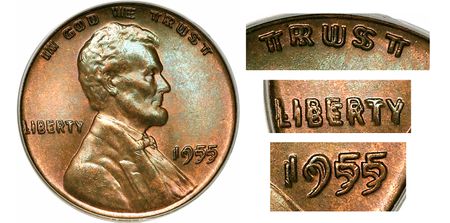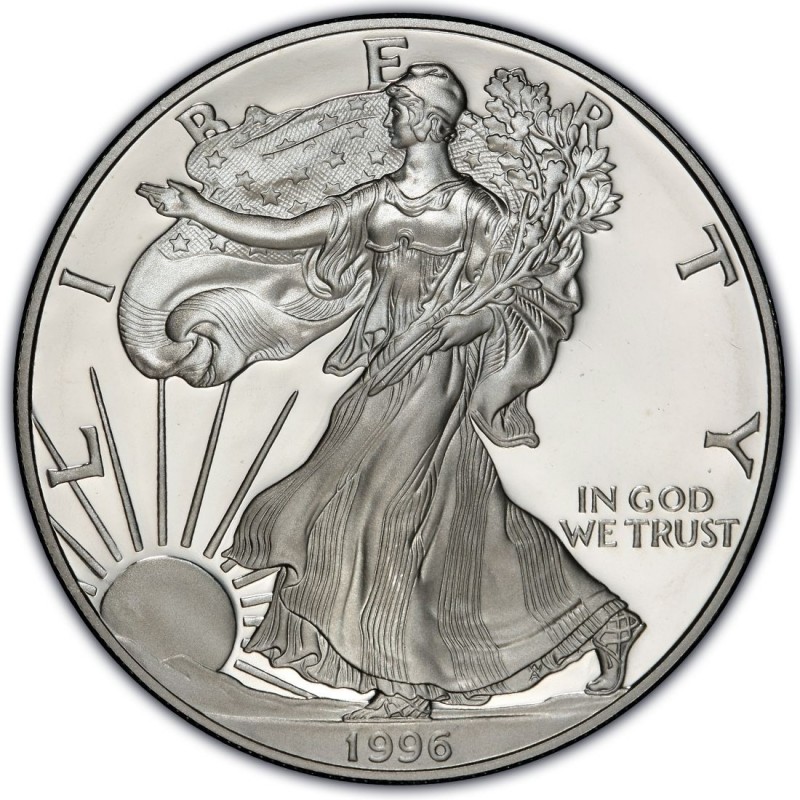Three ways to determine rarity
Posted by Toby Adkins, Numismatic Scholar for International Currency, L.L.C. on May 3rd 2019
In the book 100 Greatest U.S. Modern Coins by Schechter and Garrett, 36 of the 100 coins are either variety or error coins! There is a reason there are 36 on their list. Rarity. When asked to define rarity most collectors will answer: It means there are not very many of them. That is very true but in the nuances of collectibles, rarity can be determined in several different ways. It's no longer just how many coins were minted or are around. Today's coin collecting has morphed into a myriad of niche choices that can often be hard to navigate. Not to mention, if there is no demand for the rarest of items, there is also no market for that item. The best three ways to define rarity is through mintage, survival rate, and condition. This holds true for antique as well as modern coins. Let's delve off into three ways to determine rarity.

MINTAGE
The easiest way to determine rarity is by mintage- how many were made. On the surface this is very simple, if they didn't strike very many coins then it is rare. The real question to ask is: how rare is this coin in relation to it's counterparts? A good example of this is the popular American Silver Eagle series. The rarest regular issue bullion Silver Eagle is the 1996 date. However, they still struck over 3.5 million coins that year! How in the world is that rare? Well if you are comparing those numbers to the gold coins it would not be rare at all. But if you stick to just its silver counterparts it is over TEN times more rare than most of them and sells for several times more money than its counterparts as well. So the first thing to remember about mintage is you have to be sure to compare apples to apples.

SURVIVAL RATE
Survival Rate is geared more towards antique coins as well as error coins. Survival Rate is the amount of coins known to exist and is completely separate from the mintage. I'm sure most of you know this but the Government recalled circulating gold coins in 1933 to try and combat the hoarding of coins during the Great Depression. The vast majority of the coins were melted into bars so the coins no longer exist. A perfect example of survival rate is the 1933 $20 St. Gaudens. In 1933 the mint struck 445,500 of them but only an estimated 20 to 30 coins made it out of the mint and survived. The only legal auction of a 1933 $20 St. Gaudens took place in 2002 and sold for $7,590,020! This is the extreme example of survival rate vs. mintage but it is wise to consider this when collecting antique and error coins. The mintage does not tell the full story.


CONDITION, CONDITION, CONDITION
This absolutely cannot be stressed enough and applies to almost every coin made. Today, coins are graded according to a version of the Sheldon Rate Scale and are numerically given a grade of 1 to 70, with 1 the lowest and 70 representing perfection. A very good example of this is well... just about every coin out there... but let's use the same 1996 Silver Eagle we talked about earlier. Yes it is the rarest of it's counterparts but there were still over 3.5 million struck. However, when you look at how many exist in perfect 70, Numismatic Guaranty Corporation lists just 295 coins in perfect MS70! Staggeringly lower than the amount minted. Not to be outdone, the price of a 70 coin is staggeringly higher and sells for many thousands of dollars. Again, this rarity is not based on mintage figure alone but on the population of a coin in a certain grade. With the certification of coins growing every day, this must be a consideration for every collector.
In conclusion, today's coin collectors have more choices than ever before and you have to be sure to take in all of these factors when buying a coin. A must do for any collector is to consider the mintage, survival rate, and condition when looking for your next shiny bauble. You can also just give us a call!
